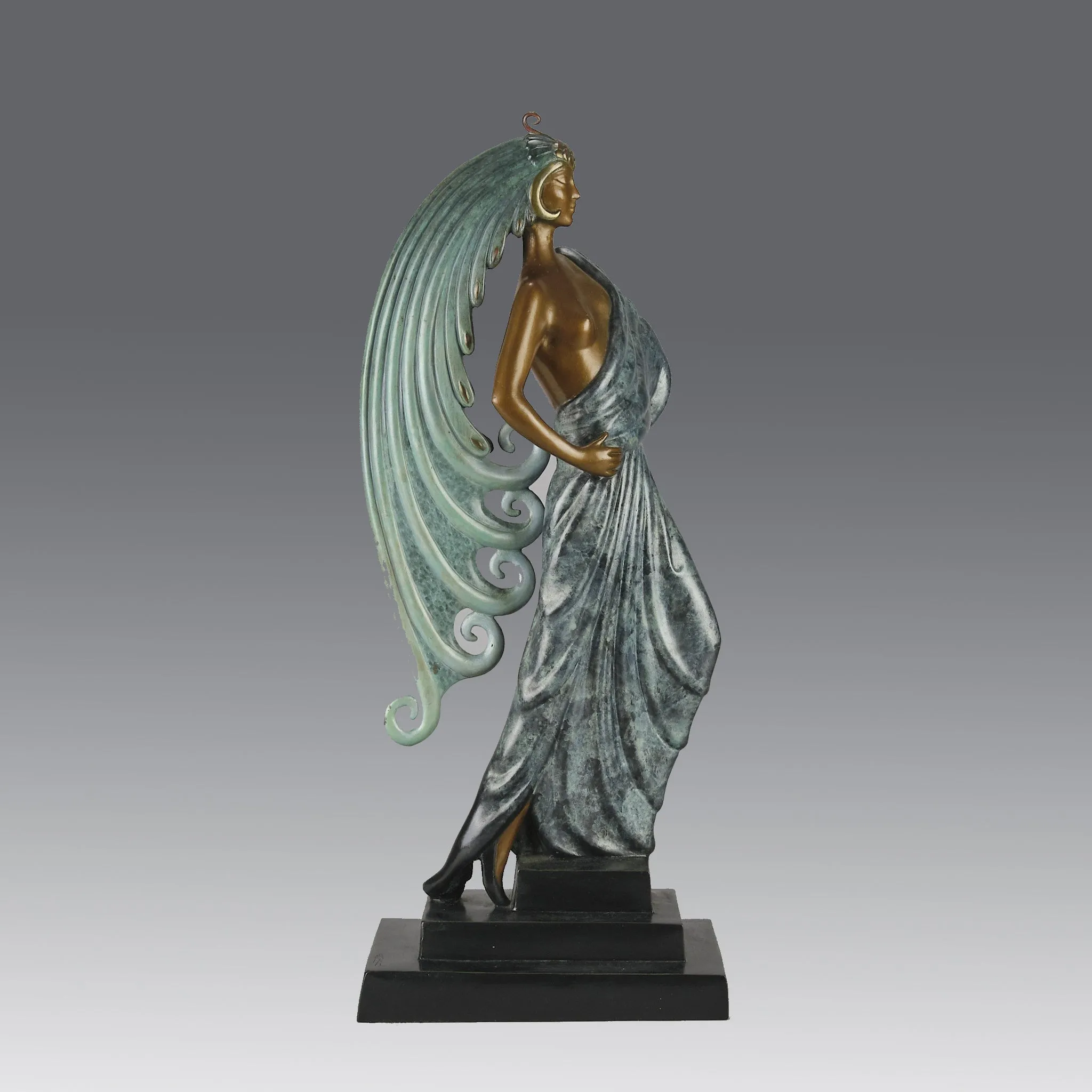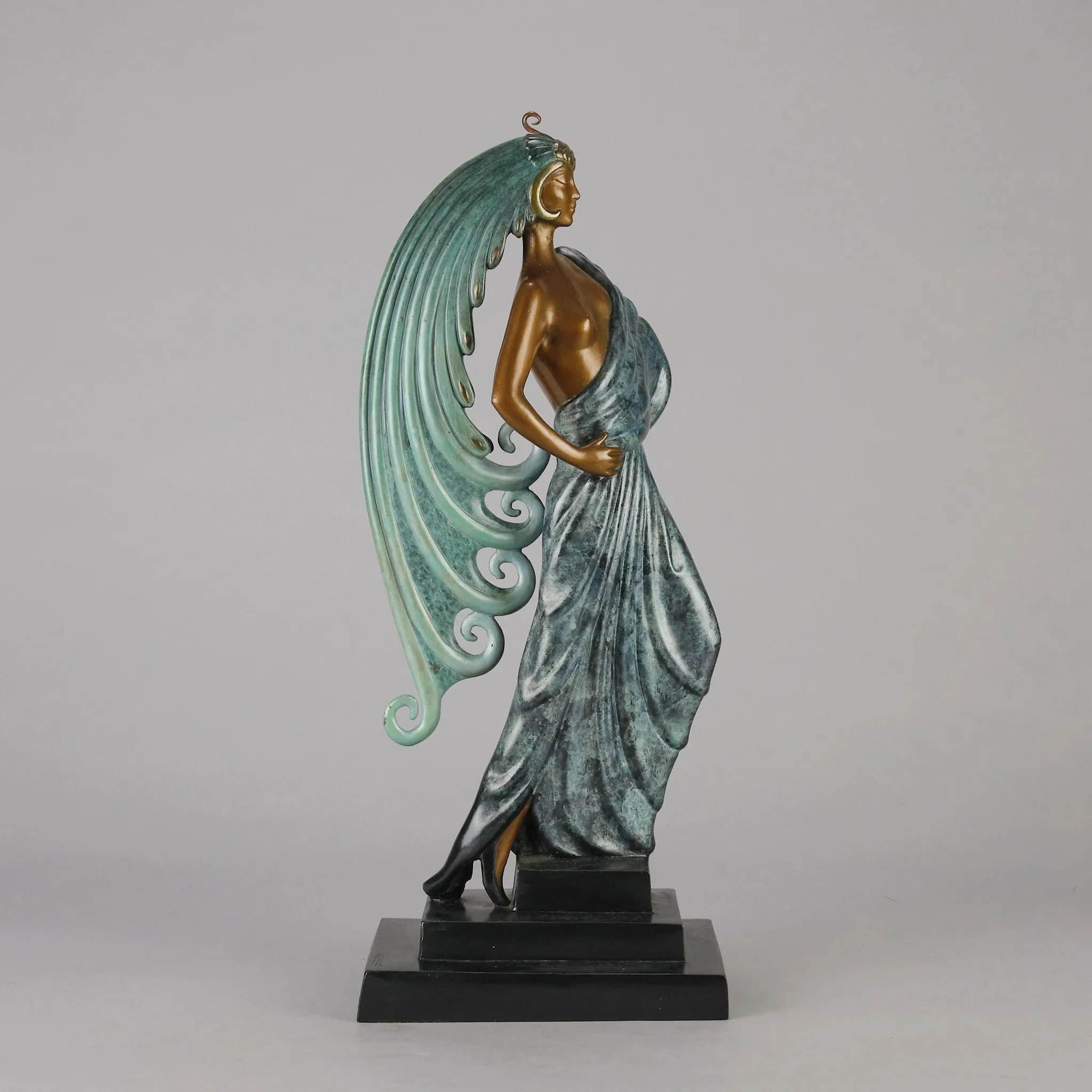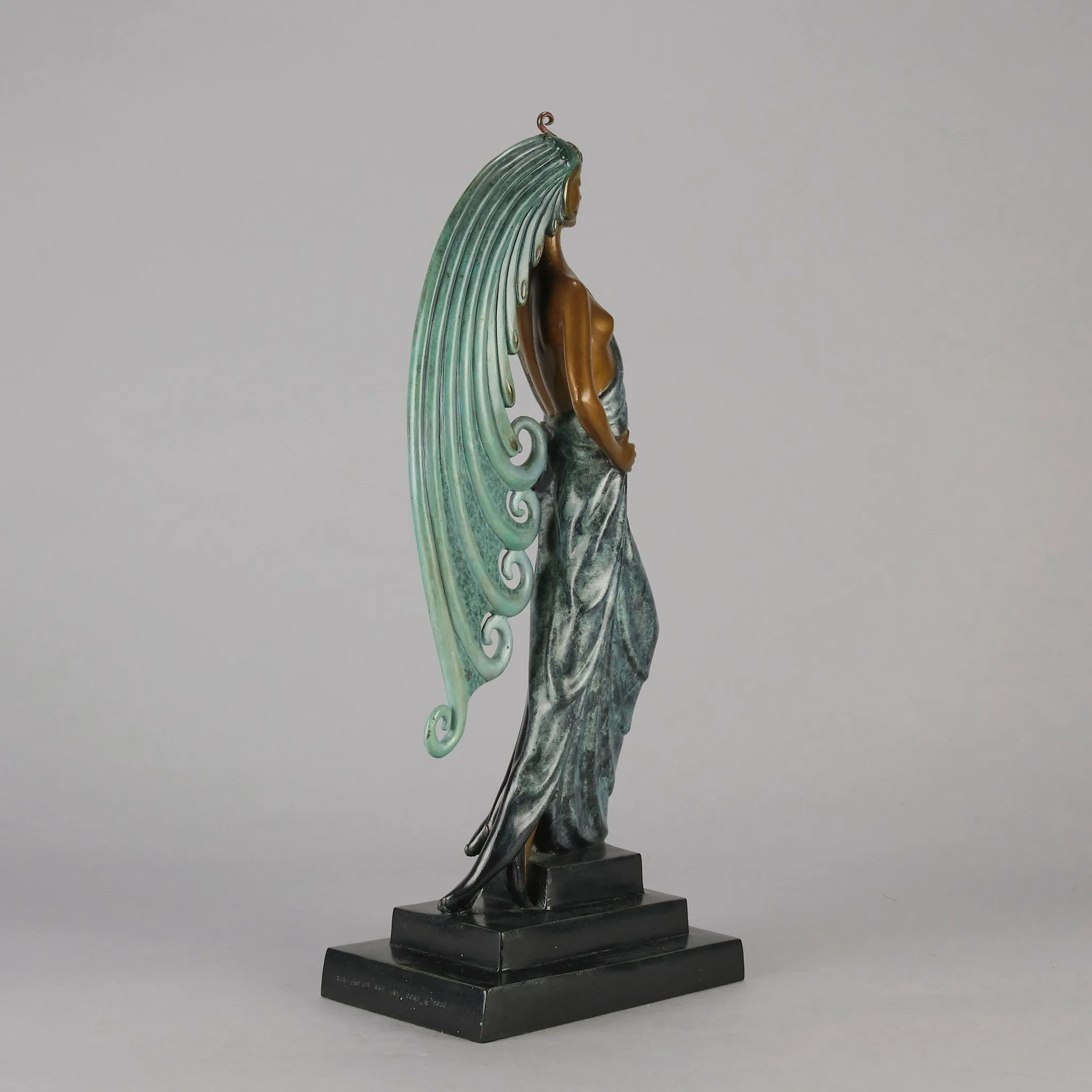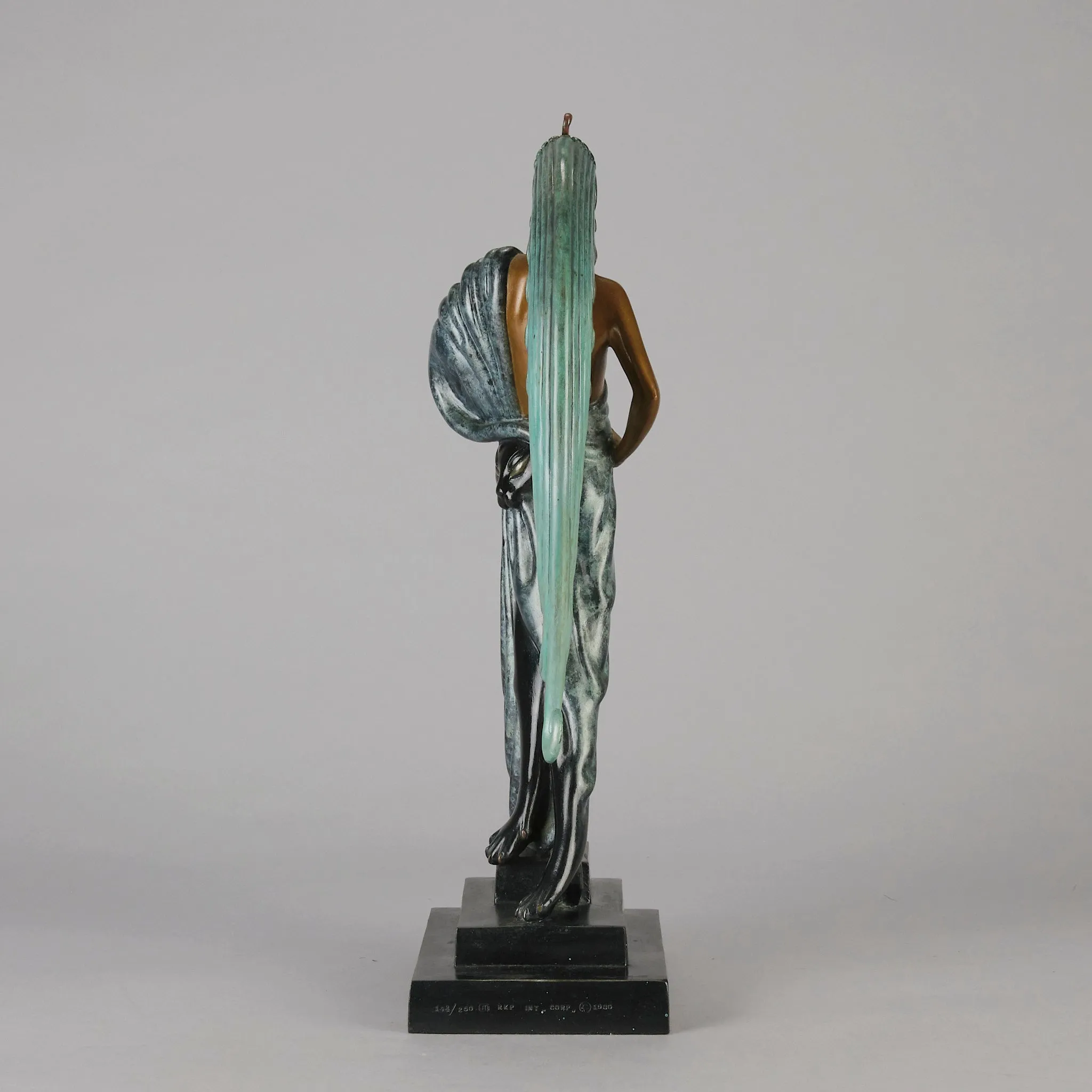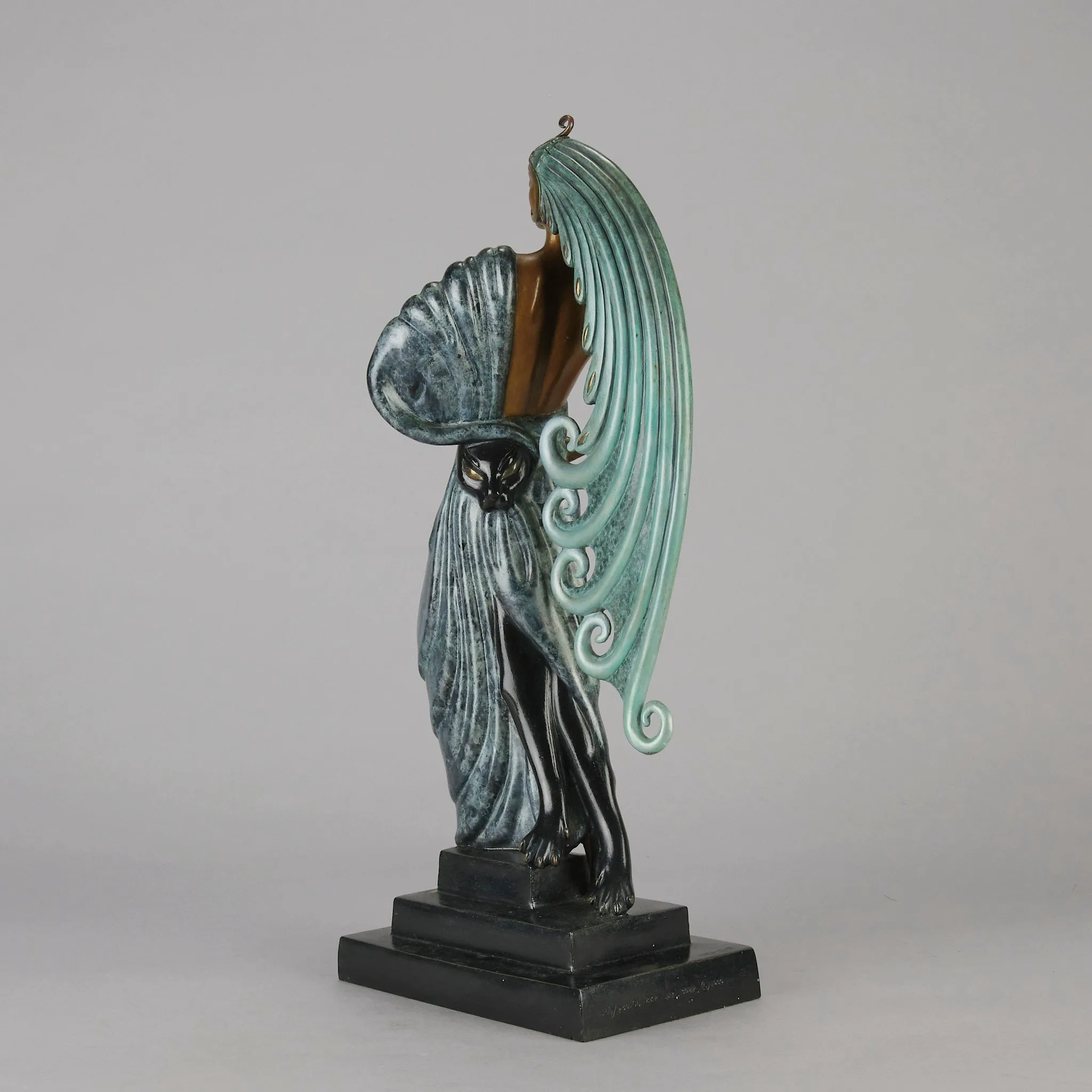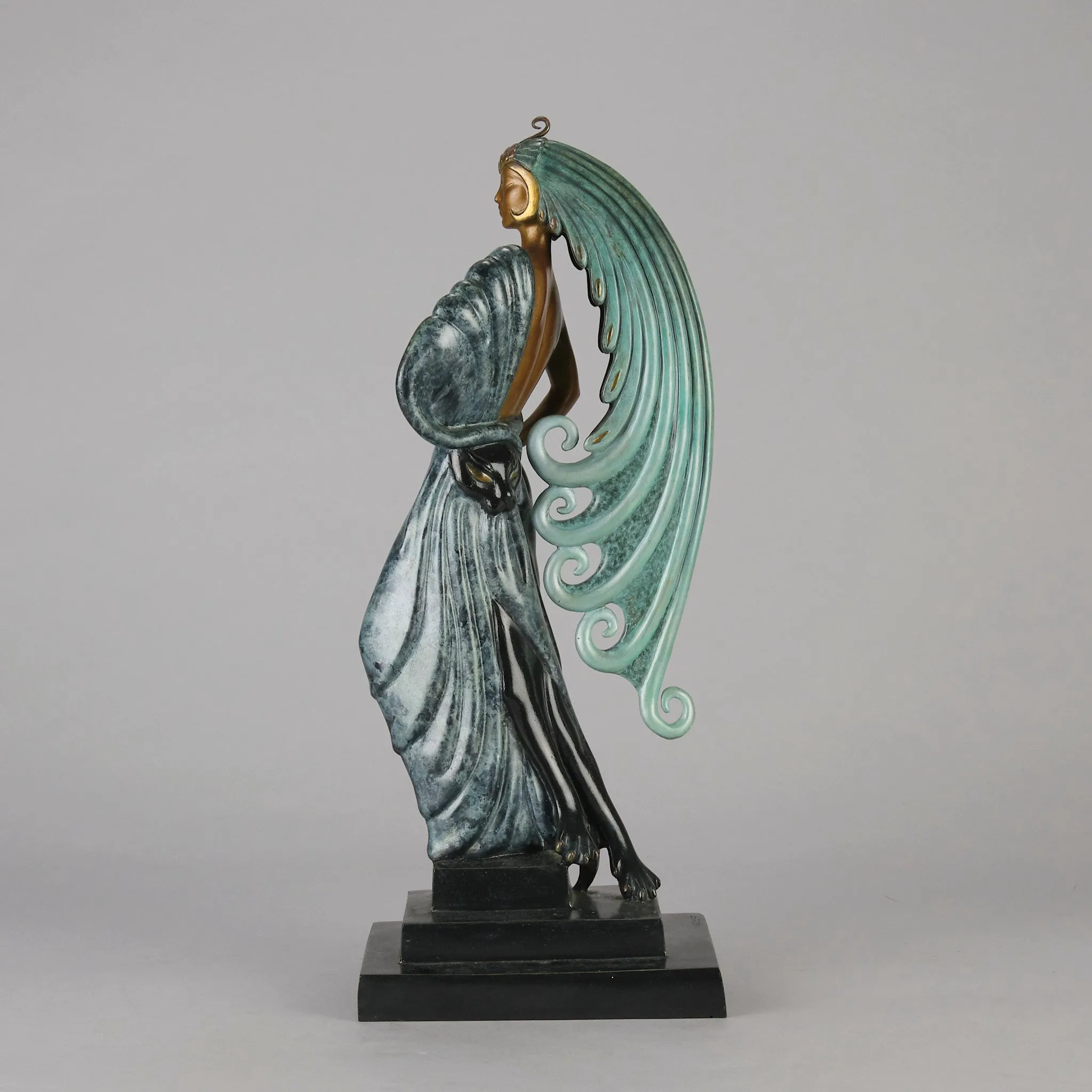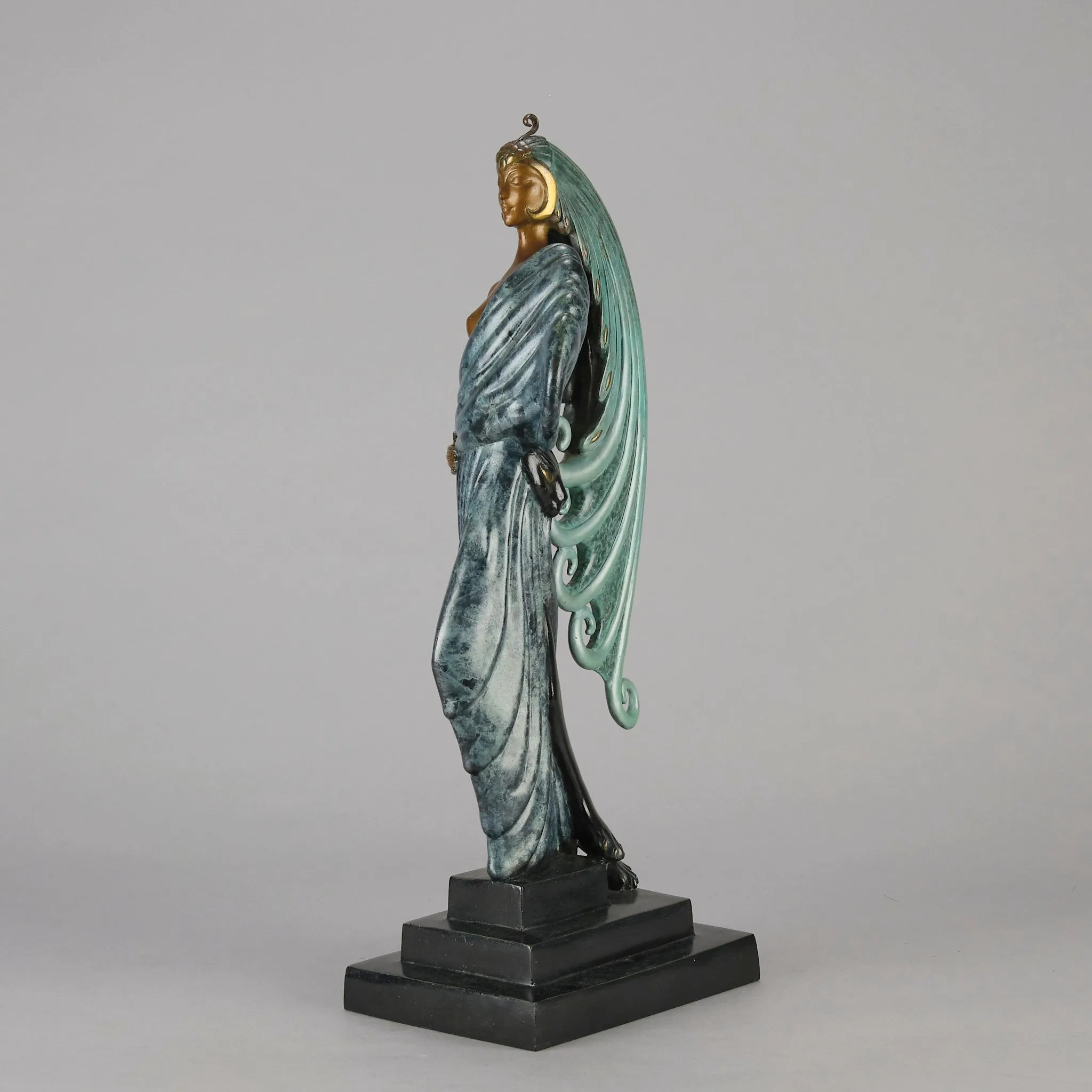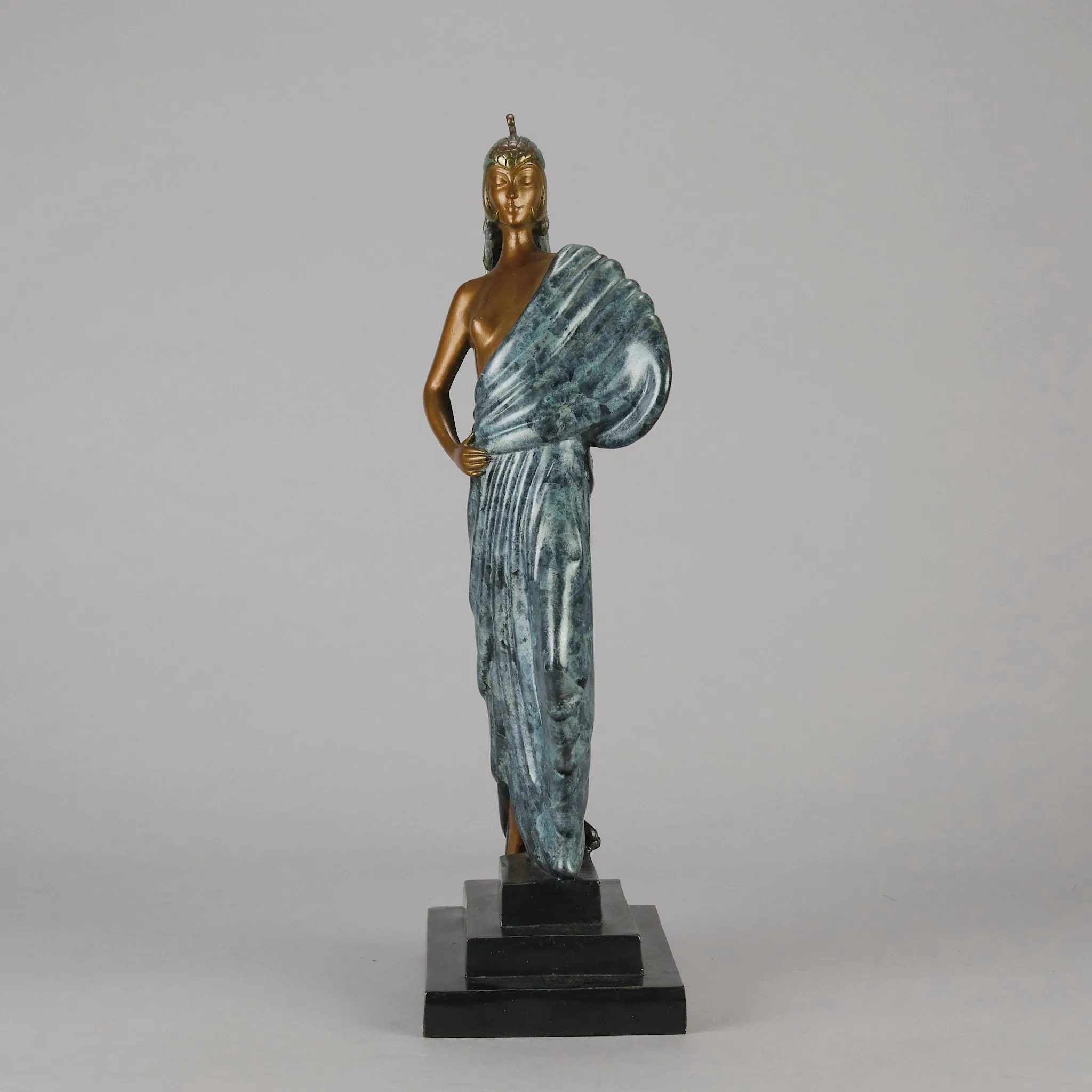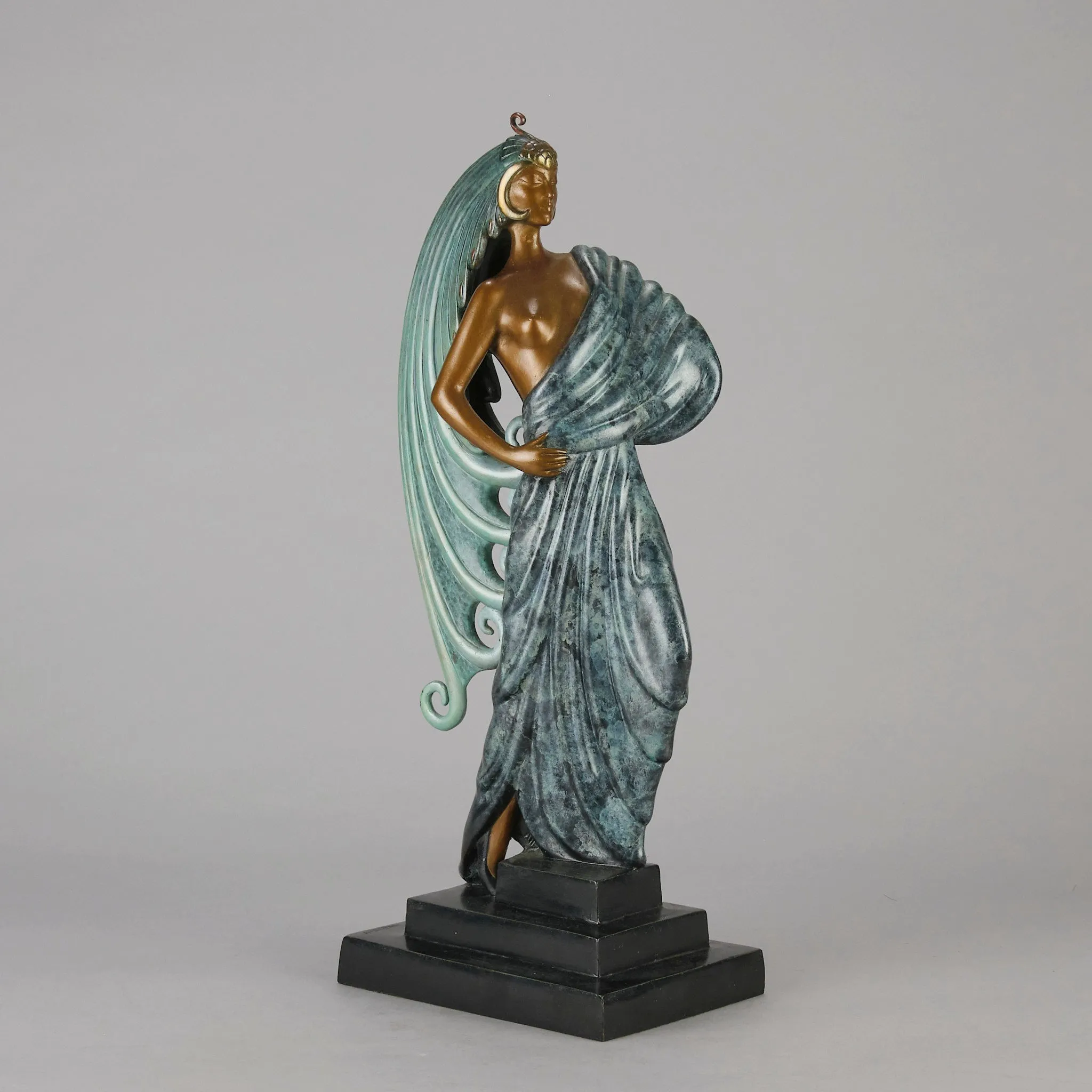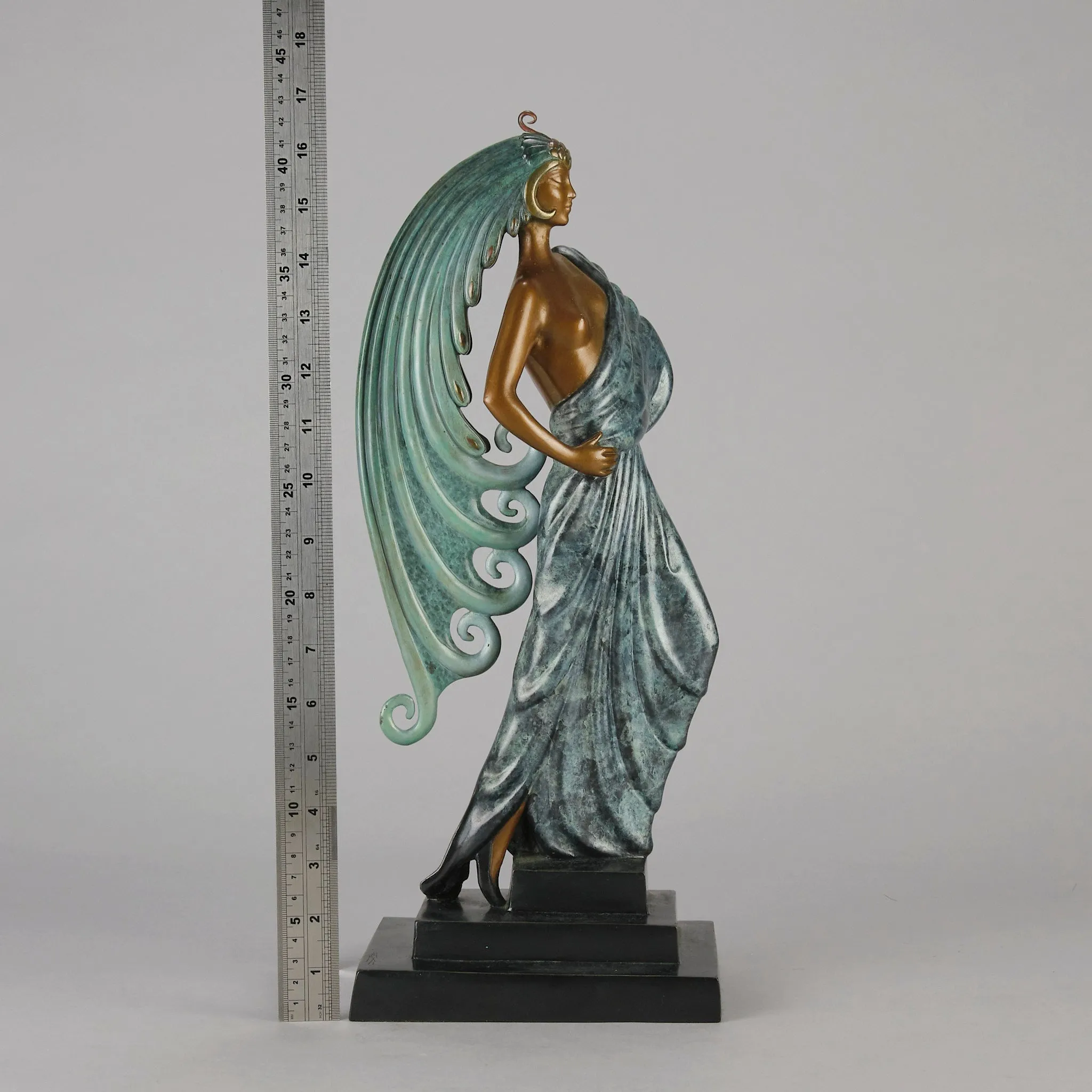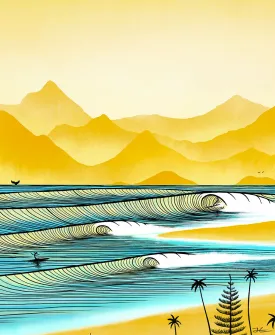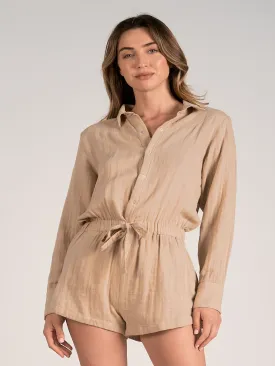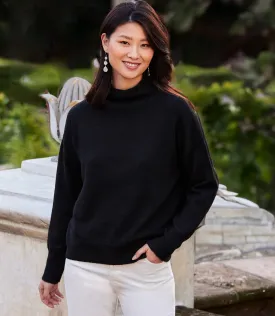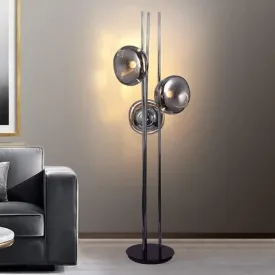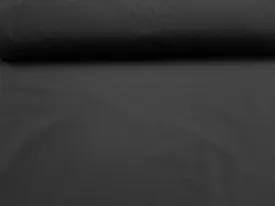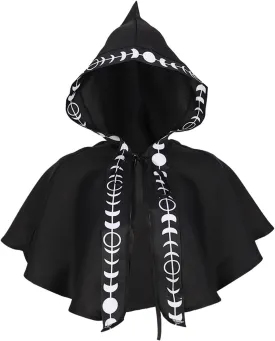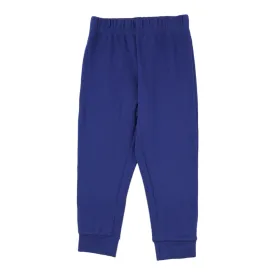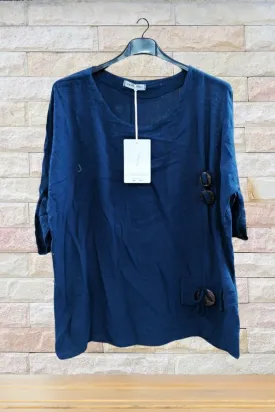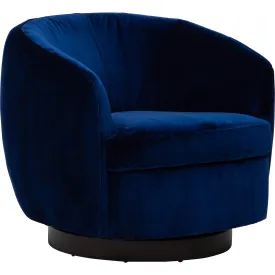A fabulous Art Deco bronze figure modelled as a beautiful young woman walking up a set of stairs wearing an impressive headdress and draped in a panther fur exhibiting excellent enamel painted colours and fine detail. Signed , dated 1980, stamped with RKP foundry mark and numbered 144/250
Sorry, this item has been sold. If you would like information about similar items please contact us on 07971850405 or make an enquiry via
ADDITIONAL INFORMATION
Height: 43 cm
Width: 18 cm
Circa: 1980
Foundry: RKP
Materials: Bronze
Book Ref: Erté Sculpture by Romain de Tirtoff – Erté
Page No: 147
SKU: 8899
ABOUT
Erté on Beauty & the Beast
In Erté's own words - 'This subject represents the essence of dream and reality for me. The woman's plumage is the feathers of a majestic bird that allows us to fly away in our dreams. The cape of the panther represents reality; its foot is firmly anchored to the base and does not allow us to escape. In fact, the sculpture was inspired by a cover design I did for Harper's Bazaar called 'Dream and Reality'. The cover shows a feminine figure like a bird -"The Dream"- trying to escape to heaven by walking up an endless blue staircase. She is wrapped in a fur coat that looks like a wild beast, representing "Reality". The beast stops the "dream's" ascent, his claws catching the carpet of the steps. This symbolic picture was acquired by the French government.'
Originally associated with the excess of the 1920s, Art Deco was a luxurious, ornate style that embodied the ethos of the times. Since then, Art Deco has experienced several periods of resurgence, including a notable revival in the 1980s, when the atmosphere was once again aligned with the principles of Art Deco. One departure from the original we often see in the 1980s renditions of Art Deco is an updated color pallet; however, in 1982’s bronze sculpture “Beauty and the Beast,” Erte has thoughtfully chosen colors that were very popular during both decades. Silver, seafoam green, and mint are all associated with the original Art Deco movement but found prominence again in the 1980s entirely separate from the movement. Originally a fashion designer, Erte’s bronze sculptures were an important element of his transition to fine artist. His roots as a fashion designer are apparent in the impressive clothing design and masterful figurative work, while his technical proficiency with the bronze elevates the entire sculpture.
Erté: Process of producing a bronze
First, the artist models the sculpture in clay. A plaster mold of the model is made, from which a plaster cast is produced and the details are refined. After the plaster cast has been carefully checked to be sure that it is accurate, and final changes have been made, a flexible rubber mold is made from the plaster. This mold enables every detail to be captured. Molten wax is poured into the rubber mold, producing a faithful wax casting of the sculpture. This casting is then checked for detail and cleaned up, following which the wax cast is dipped into a bath of liquid ceramic to produce another mold. After several days, when the ceramic mold is dry, it is heated to melt the wax, which runs out through openings in the mold, leaving a cavity in its place (Hence the term lost wax). The mold is then fired in a kiln to bake the ceramic to a high degree of hardness. The final casting made by pour molten bronze into the cavity. When the bronze has cooled, the ceramic mould is carefully broken away, revealing the bronze sculpture within. Then the piece is sandblasted and chased to clean it up and removed imperfections. Finally, the sculpture is treated with chemicals and heat to achieve the desired patinas.
Erté’s words
” In fashion- creating forms for living people-in the design of furniture, in the design of theatrical settings and costumes, in the design of jewellery, one is functioning in three dimensions, and all this work in the round can be considered sculptural. In this sense, my theatrical settings are large environmental sculptures. I have never made a drawing for a dress or a costume without first having a fully developed idea of it in the round. In fact, before I start a design every detail has to be ripe in my mind, and I execute it without any deviation,because the conception has become a living reality deep in my creative psyche. When I design an evening dress, for example, I assemble a woman in full costume inside my head, swirling in her gown, showing every fold, seam and hem.”
To view our selection of Erté figures please click




